Real wood cladding has many functional benefits as well as a charming aesthetic. But if you are looking to make a bolder statement with your exterior, coating your timber cladding with some striking colour might just do the trick.
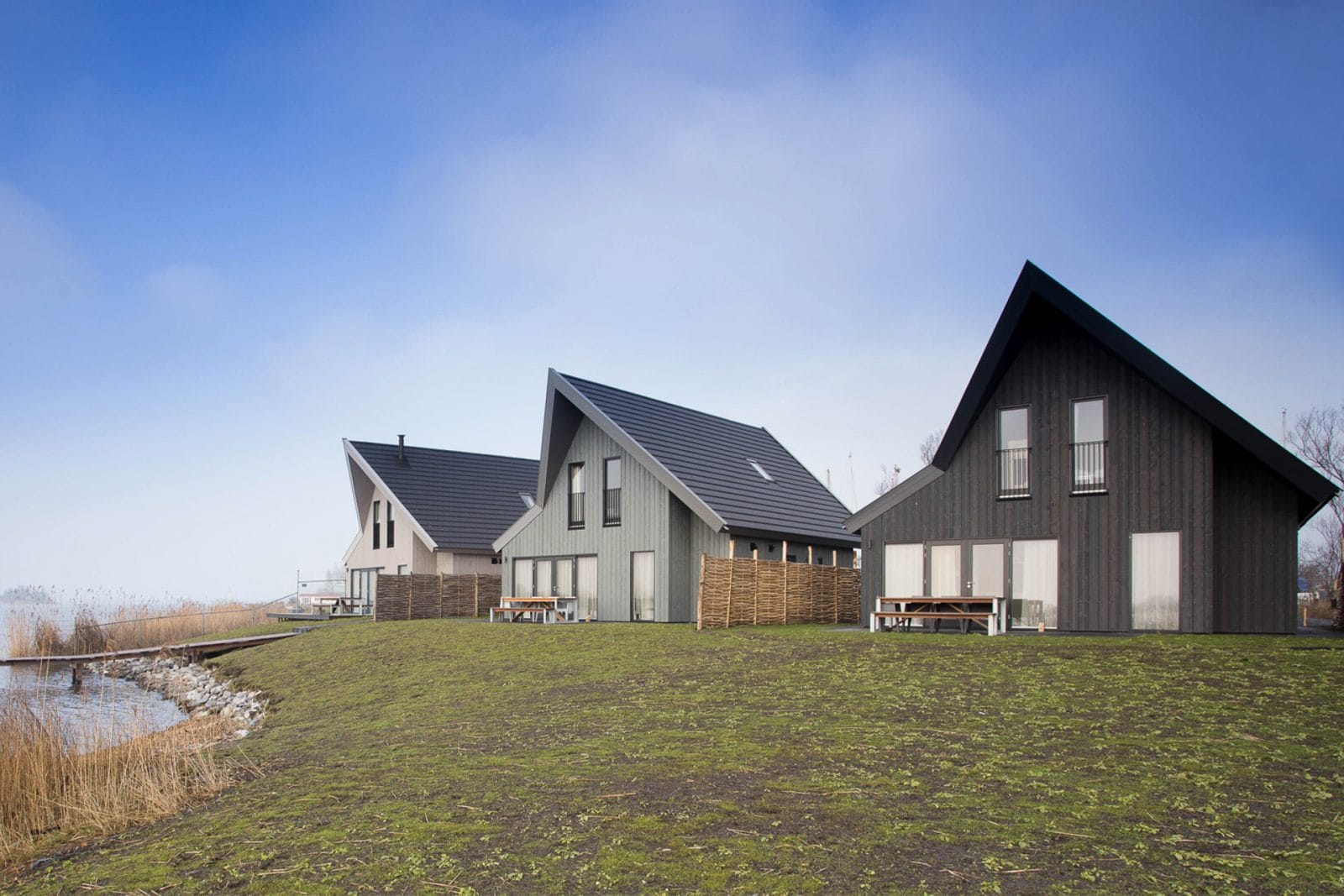
Timber has many good qualities, and one is definitely its adaptability. You can use wide brushed boards for a rustic look, mix and match narrow profiles to create more textural surfaces, or choose from the range of painted wood cladding options to create bold and outstanding exteriors.
The options are plentiful and boards with painted coating certainly allow you a significant range of creative freedom.
So, if I opt for a painted cladding for my home then it doesn’t matter what kind of timber I use beneath? Not quite.
All wood products are a natural material and therefore affected by a range of weather conditions. UV rays fade the colour of all timber species regardless of their modification. Coating timber cladding with a solvent-based painting coat is a beneficial way to protect the material from UV protection.
Wet and cold winters changing into hotter summers cause regular timber cladding board to cup, bend and crack, a coating helps to delay it. However, thermowood is a significantly more stable material choice and water repellent even without paint coatings.
For a regularly painted softwood siding, one of the most usual issues is resin bleeding out of resin pockets. Thermally modified wood does not have this problem as during the heating process the resin is removed completely.
In climates where there are long hot and dry periods thermally modified cladding is a possibility, whereas regular timber cladding is a high-risk choice there due to its behaviour.
Therefore, choosing thermally modified options for your painted cladding is a more durable and low-maintenance option. Unlike chemical impregnation, thermal modification enhances the timber throughout, not just the outer surface. The result is coated boards that are stable and durable in the long run.
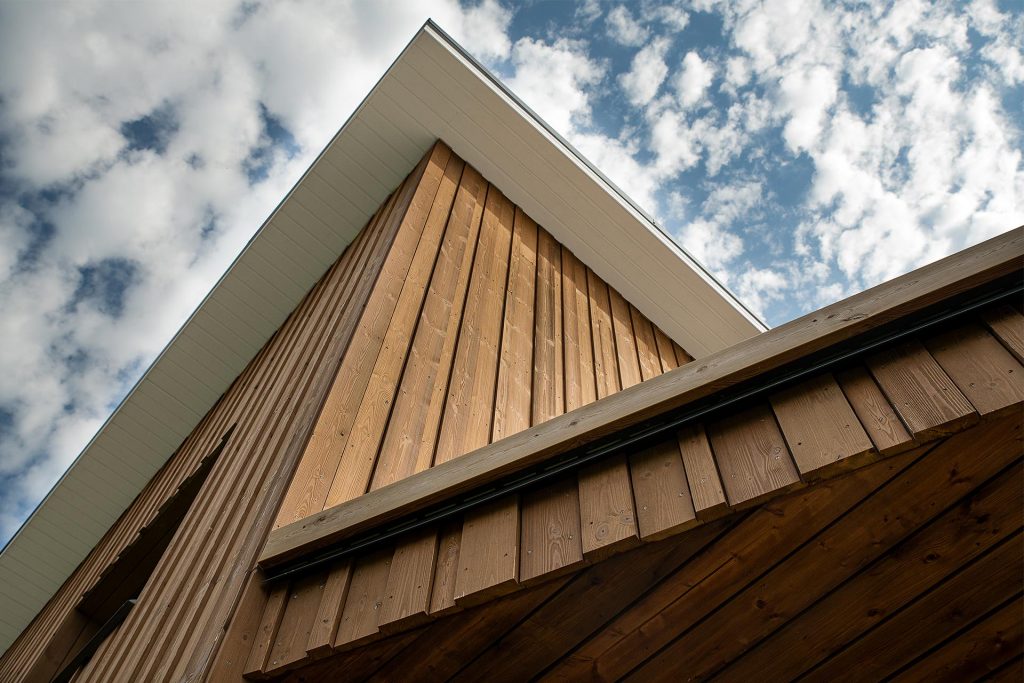
With thermally modified timber, there are fewer dimensional changes compared to non-thermally modified wooden cladding. Because of the thermal modification, the timber has a low moisture content, decay resistance and thermal conductivity.
Thermotimber claddings keep their shape even in challenging climate conditions, so you can use a wide covering board that stays nice and stable on the wall.
The thermal modification gives the siding boards high durability. This process is an environmentally sound alternative to pressure-impregnated timber, the boards get the feature of being water repellent and resistant to demanding weather conditions even without painting. With thermowood, different eye-catching paints can be added for aesthetical reasons, it is not needed to protect the thermo-treated surface.
For example, when you opt for Thermory Vivid Silvered series claddings, which has a wide range of elegant colours, there is no need to repaint them after some years as the timber itself is durable also without the paint coating. Non thermally modified woods need to be painted for the protection of the material.
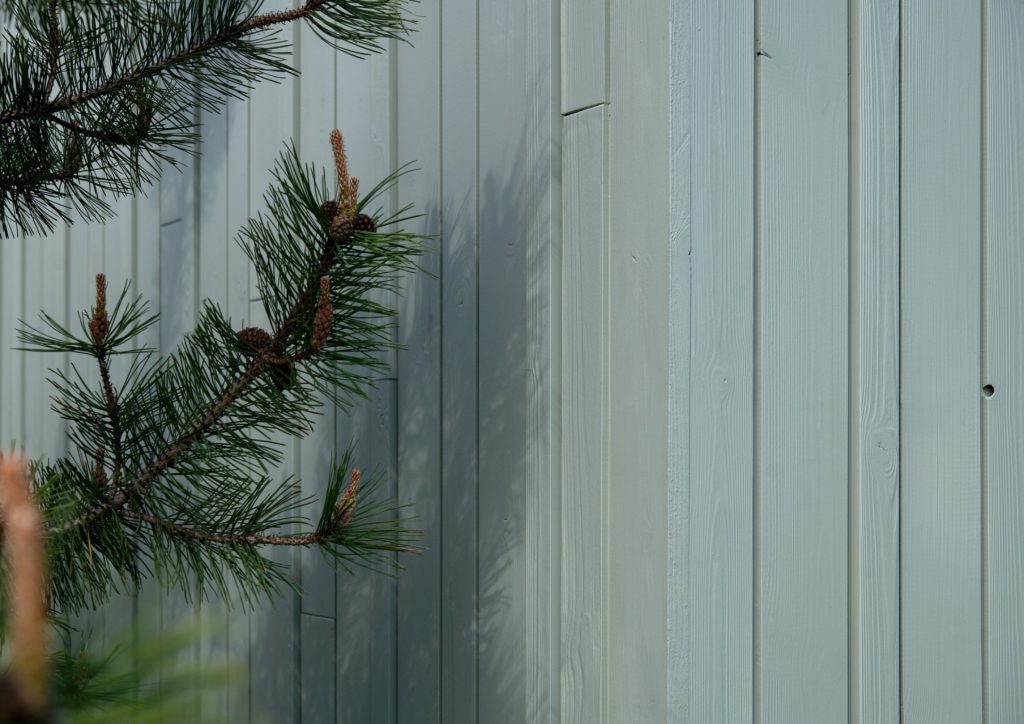
Many softwoods naturally contain resin and it can be troublesome when spruce or pine timber cladding is used in exterior applications. The stains of resin can be scraped off and the surface sanded and coated all over again, but resin bleeding may continue throughout the life of the timber cladding.
Thermo-treated spruce and pine have much fewer issues with resin bleeding out of resin pockets compared to not thermally modified softwoods. In the thermal modification process, the natural resins are burnt from the timber, allowing homeowners to rest easy and not worry about any resin stain.
Wood is an organic material subject to attack by fungi, termites, insects, and bacteria. These organisms recognize the natural polymers of timber cell as a source of food.
Heat treatment is the most suitable technique for enhancing its preservation.
Wood’s biological resistance increases as the moisture has decreased and the nutrients are modified during thermal modification, becoming less available to pests and microorganisms.
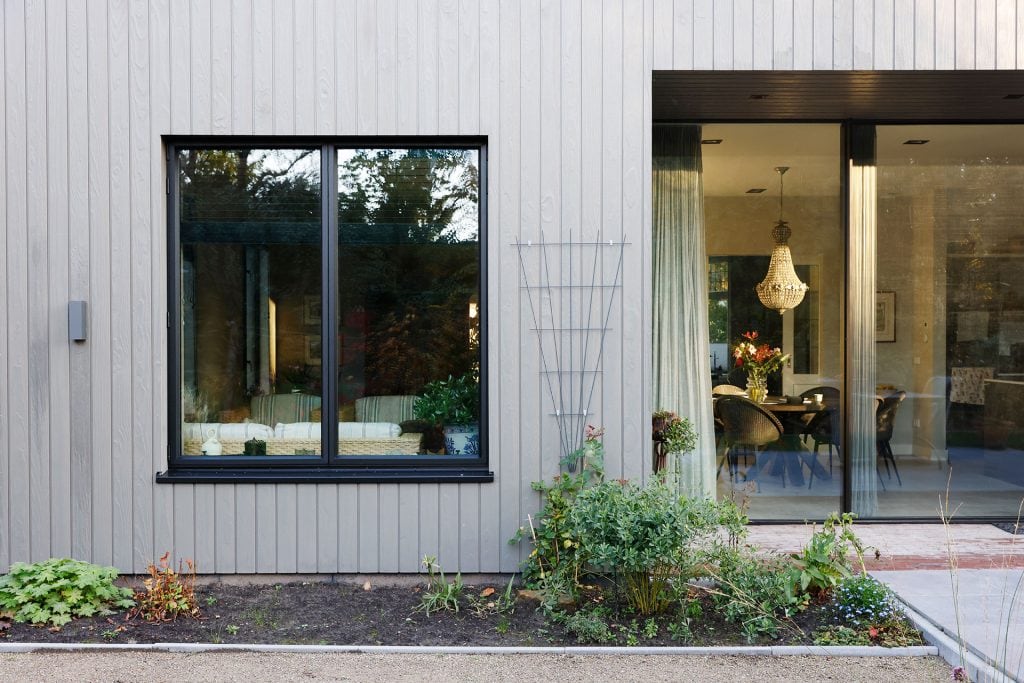
In recent years, we have seen more interest in black timber cladding. It is a bold choice, indeed. But also modern, sleek and can bring out the buildings’ architectural features, unlike any other coating colours.
Black siding is also a striking complement to other materials like concrete and can create a sense of depth and texture for external facades.

Thermory’s Vivid coated cladding selection is a high-quality solution that makes any building stand out from the crowd. The spruce and pine products undergo an intense thermal modification process that uses only heat and steam to give exceptional stability and durability.
The biologically durable, lightweight, easy-to-install boards are brushed to enhance their natural pattern. For a long-lasting finish, the wood is then coated with water-based paints that are environmentally friendly and have been tested in the harshest climates.
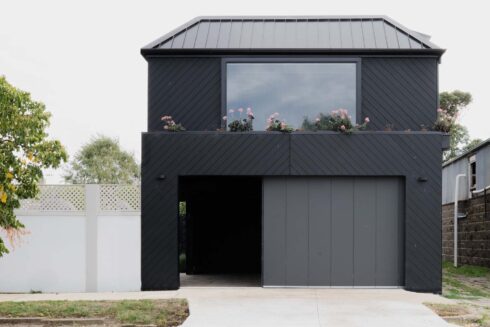
From minimal forest cabins to bold urban residences, black timber cladding has emerged as a defining element of modern architectural design. Its striking,...
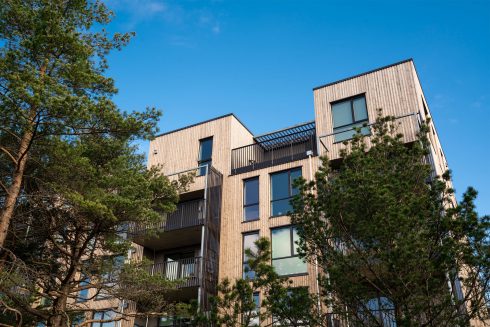
Finding the best solution to clad buildings is important for several reasons – as well as defining the look and feel of your design, it also has a major...

Natural wood can be used in many different ways. The beauty and versatility make wood unequalled building material. As both an interior and exterior design...
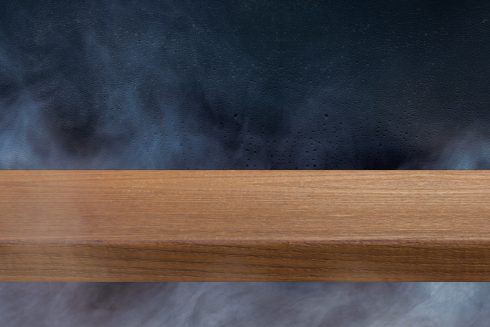
Thermally modified wood, often referred to as thermowood, is real wood enhanced using only heat and steam to improve its durability, dimensional stability,...
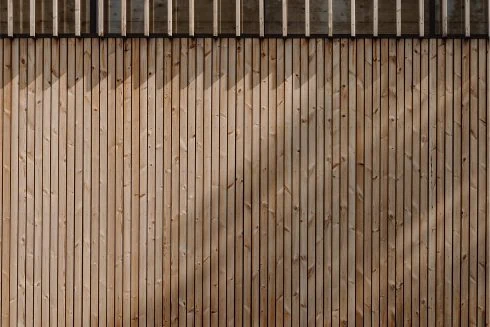
With rising concerns about climate change, the world community’s responsibility to reduce our carbon footprint rests with each and every individual and...
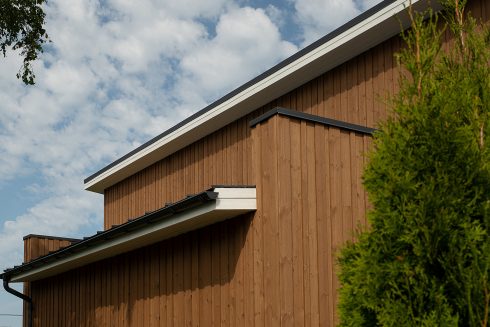
To ensure that your Thermory cladding retains its natural warm and authentic character, it’s important to apply the correct maintenance techniques. The...
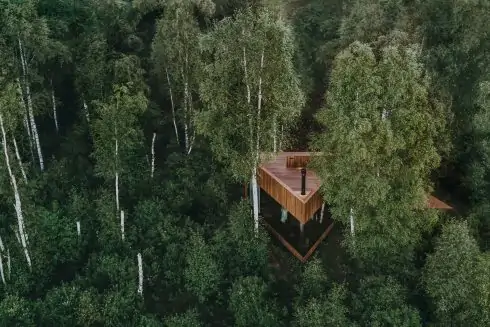
In 2022, the global megatrend of sustainable architecture and building practices will continue. Architecture trends influence the choice of materials both...